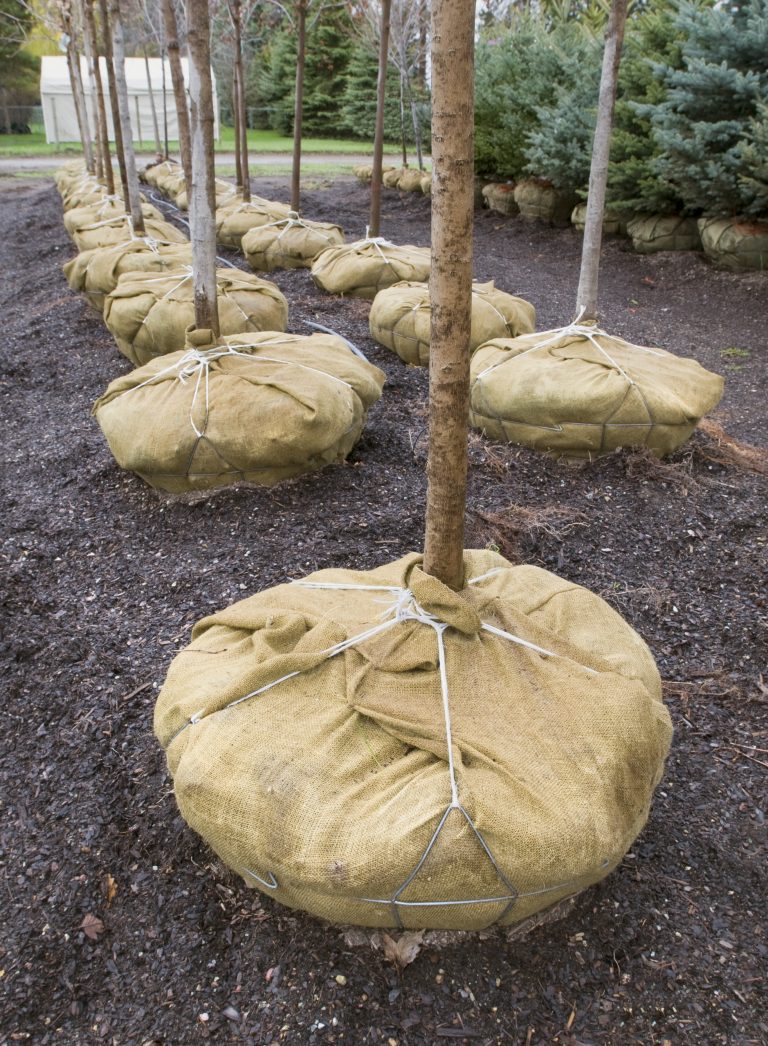- December 12, 2024
- Posted by: wellcoindustries
- Categories: Burlap, Erosion Control
Introduction to Burlap for Planting
Gardening is a rewarding pursuit, offering countless benefits for both mental health and the environment. With sustainability taking center stage in modern gardening practices, one material has emerged as a must-have for eco-conscious gardeners: burlap. Durable, versatile, and biodegradable, burlap for planting can revolutionize the way you care for your garden. From protecting delicate plants to combating soil erosion, burlap is the perfect sustainable solution for gardeners of all levels.
In this guide, we’ll explore everything you need to know about using burlap in your garden, from its benefits to practical applications and beyond.

What Is Burlap and Why Is It Used in Gardening?
The Origins and Composition of Burlap
Burlap is a woven fabric traditionally made from natural fibers such as jute or hemp. These materials are celebrated for their durability and ability to decompose naturally, making burlap an eco-friendly alternative to synthetic materials. It has been used for centuries in agriculture, shipping, and home décor due to its rugged texture and versatility.
Benefits of Burlap in Gardening
- Eco-Friendliness: Burlap is completely biodegradable, leaving no harmful residue in the soil.
- Versatility: From wrapping root balls to protecting young plants, its uses are numerous.
- Cost-Effective: A roll of burlap is affordable and can be used in multiple gardening projects.
- Durability: Its tough, fibrous nature withstands harsh weather conditions while protecting your plants.
How Burlap Enhances Sustainability in Gardening
Biodegradability and Eco-Friendly Features
Burlap decomposes naturally, enriching the soil with organic matter as it breaks down. This makes it an excellent choice for gardeners aiming to reduce their environmental footprint.
Reducing Plastic Use in the Garden
Many gardening supplies, like plastic sheeting or netting, contribute to pollution. Burlap offers an eco-friendly replacement, cutting down on plastic waste and helping your garden align with green practices.
Practical Uses of Burlap for Planting
Using Burlap as a Plant Cover
Burlap is an effective cover to shield plants from frost and harsh sunlight. Its breathable fabric protects delicate plants without suffocating them.
Burlap for Seed Germination
Placing burlap over newly sown seeds helps retain moisture and prevent birds or insects from disturbing the soil. Once the seeds germinate, the burlap can be removed or left to decompose.
Burlap in Soil Erosion Control
On slopes or erosion-prone areas, burlap can stabilize soil. It holds loose soil in place, allowing plants to establish their roots while preventing water runoff.
Wrapping Root Balls for Transplanting
Burlap is indispensable during transplanting. Wrapping root balls in burlap helps retain moisture and protects the roots during transportation. Once planted, the burlap decomposes in the soil, ensuring minimal disruption to the plant.
Step-by-Step Guide to Using Burlap in Your Garden
Choosing the Right Burlap for Your Needs
Select natural burlap made from jute or hemp. Avoid burlap treated with synthetic coatings, as these can hinder biodegradability.
Preparing Burlap for Planting
Before use, soak the burlap in water for added flexibility. This ensures it molds easily to the shape of root balls or other surfaces.
Tips for Installing Burlap Correctly
- For frost protection, loosely drape burlap over plants and secure it with stakes.
- When using burlap for soil erosion control, lay it flat on the soil and anchor the edges with pins.
- To wrap root balls, cut a square piece of burlap large enough to cover the entire root system.
Common Mistakes to Avoid When Using Burlap for Planting
Overusing Burlap on Delicate Plants
While burlap is breathable, excessive coverage can trap moisture and encourage mold growth on sensitive plants.
Choosing Non-Biodegradable Burlap
Some burlap products are coated with synthetic substances to enhance durability. Always verify that your burlap is untreated and natural.
The Best Plants for Burlap-Based Gardening
Hardy Perennials
Plants like lavender, rosemary, and other perennials thrive with burlap as they tolerate its protective and breathable qualities.
Young Trees and Shrubs
Wrapping the root balls of young trees with burlap ensures a smooth transplant process.
Erosion-Prone Plants
Species such as grasses and groundcovers benefit from burlap’s ability to stabilize soil while roots establish.
Maintaining Burlap in the Garden
When to Replace Burlap
Burlap typically lasts a single growing season. Inspect regularly for signs of wear and replace it if it begins to degrade prematurely.
Composting Used Burlap
Once burlap has served its purpose, toss it into your compost pile. It breaks down into nutrient-rich material for your soil.
Where to Buy Burlap for Gardening Needs
Local Gardening Stores
Most gardening stores stock burlap rolls and pre-cut sheets. Check with your local nursery for recommendations.
Online Marketplaces
Websites like Amazon, Wellco Industries, and specialty gardening retailers offer a wide range of burlap options with detailed descriptions to help you choose.
Frequently Asked Questions About Burlap for Planting
Is Burlap Safe for All Types of Plants?
Yes, natural burlap is safe for most plants. However, avoid using it on plants that are highly sensitive to moisture retention.
Can Burlap Be Reused?
Burlap can be reused if it remains intact after its initial use. Wash and dry it thoroughly before repurposing.
What Is the Lifespan of Burlap in a Garden Setting?
Burlap typically decomposes within 6-12 months, depending on soil conditions and weather.
Conclusion: Sustainable Gardening with Burlap
Burlap for planting is a game-changer for gardeners seeking sustainable solutions. Its eco-friendly properties, versatility, and affordability make it an invaluable addition to any garden. Whether you’re protecting plants, stabilizing soil, or ensuring successful transplants, burlap is a practical, planet-friendly choice. By incorporating burlap into your gardening routine, you’re not only nurturing your plants but also contributing to a healthier environment.
Start transforming your garden with burlap today – your plants (and the planet) will thank you!
